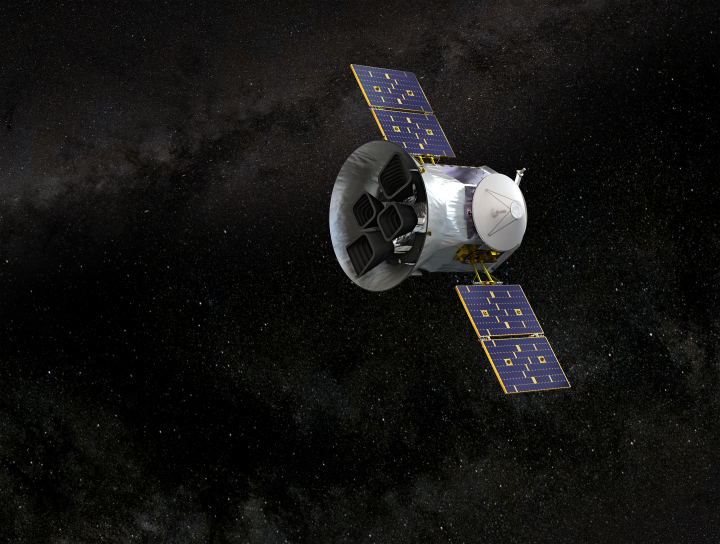Jan 14 2020
In the constellation of Indus, a single bright star can be seen from the southern hemisphere, which has now offered innovative understanding about an ancient collision underwent by the Milky Way galaxy, early in its history, with another smaller galaxy known as Gaia-Enceladus.

Image Credit: NASA.
An international research team headed by the University of Birmingham employed the innovative approach of using the forensic characterization of an ancient, single bright star known as ν Indi to investigate the Milky Way’s history.
Stars carry “fossilized records” of their histories and hence the environments in which they formed. The team used data from satellites and ground-based telescopes to unlock this information from ν Indi. Their results are published in the journal Nature Astronomy.
The Transiting Exoplanet Survey Satellite (TESS), launched in 2018 by NASA, collected data related to the star’s natural oscillations (asteroseismology), using which it was aged. TESS has been performing surveys of stars over most of the sky to look for planets that orbit the stars and to investigate the stars themselves.
Upon combining with data obtained from the Gaia mission of the European Space Agency (ESA), it was found that this ancient star originated early in Milky Way’s life, but its motion through the Milky Way was altered by the Gaia-Enceladus collision.
Since the motion of ν Indi was affected by the Gaia-Enceladus collision, the collision must have happened once the star had formed. That is how we have been able to use the asteroseismically-determined age to place new limits on when the Gaia-Enceladus event occurred.
Bill Chaplin, Study Lead Author and Professor of Astrophysics, University of Birmingham
According to Dr Ted Mackereth, study co-author who is also from Birmingham, “Because we see so many stars from Gaia-Enceladus, we think it must have had a large impact on the evolution of our Galaxy. Understanding that is now a very hot topic in astronomy, and this study is an important step in understanding when this collision occurred.”
This study demonstrates the potential of asteroseismology with TESS, and what is possible when one has a variety of cutting-edge data available on a single, bright star.
Bill Chaplin, Study Lead Author and Professor of Astrophysics, University of Birmingham
From the study, it is quite evident that the TESS program holds strong potential to bring together abundant new insights related to the stars that are the closest neighbors to the Sun in the Milky Way. The study was financially supported by the Science and Technology Facilities Council and the European Research Council through the Asterochronometry Project.
The orbits of three stars within the Milky Way
The orbits of three stars within the Milky Way. Video Credit: University of Birmingham.